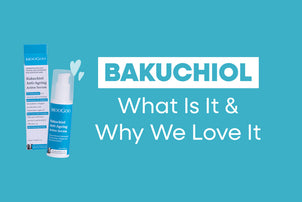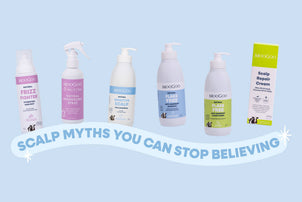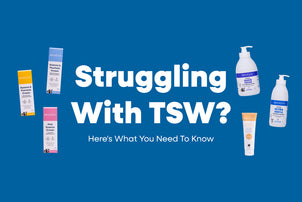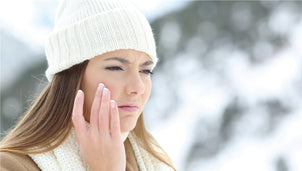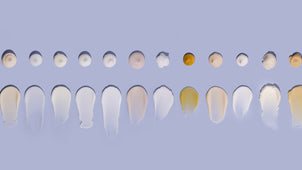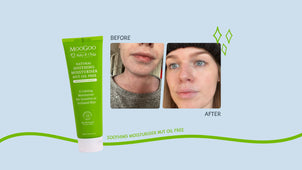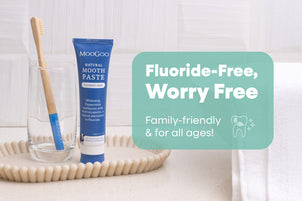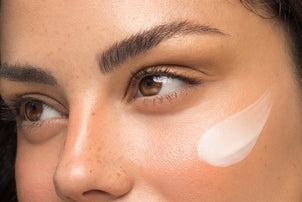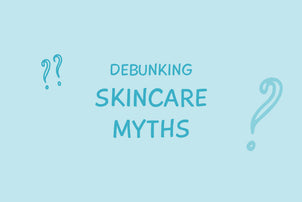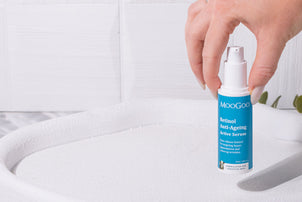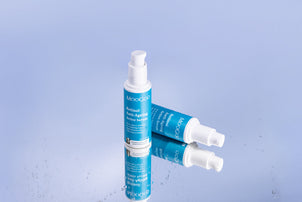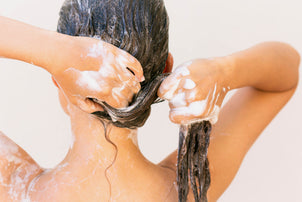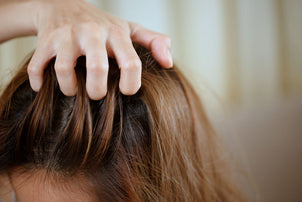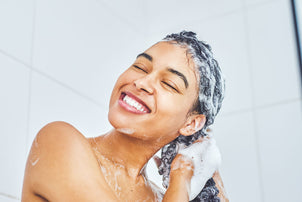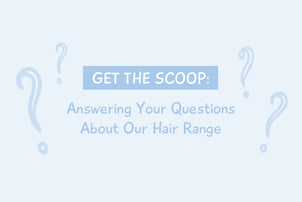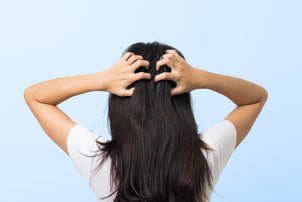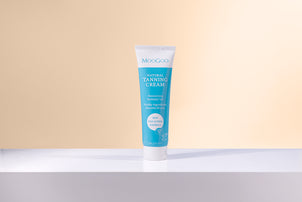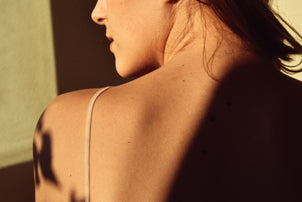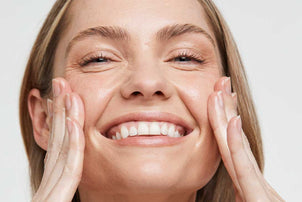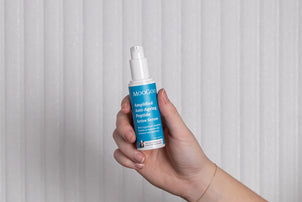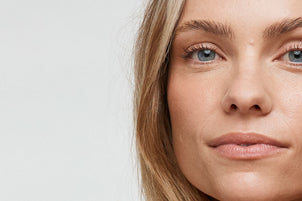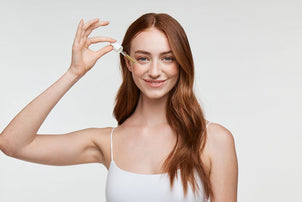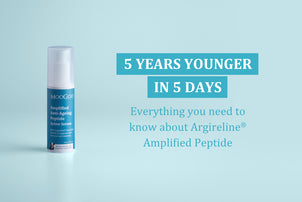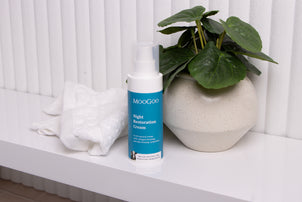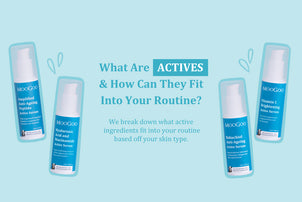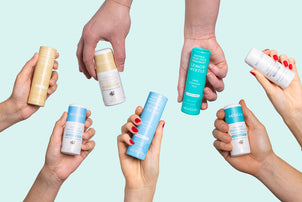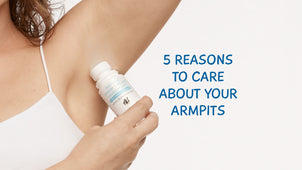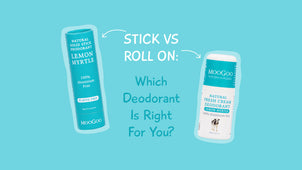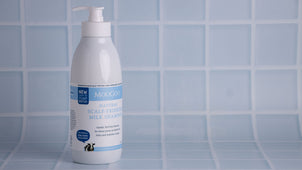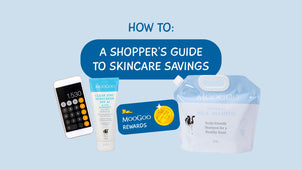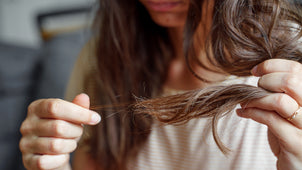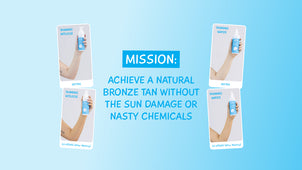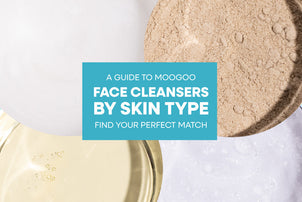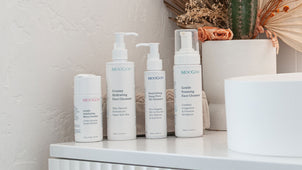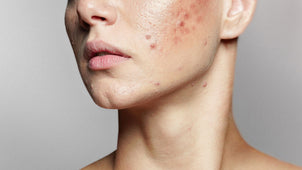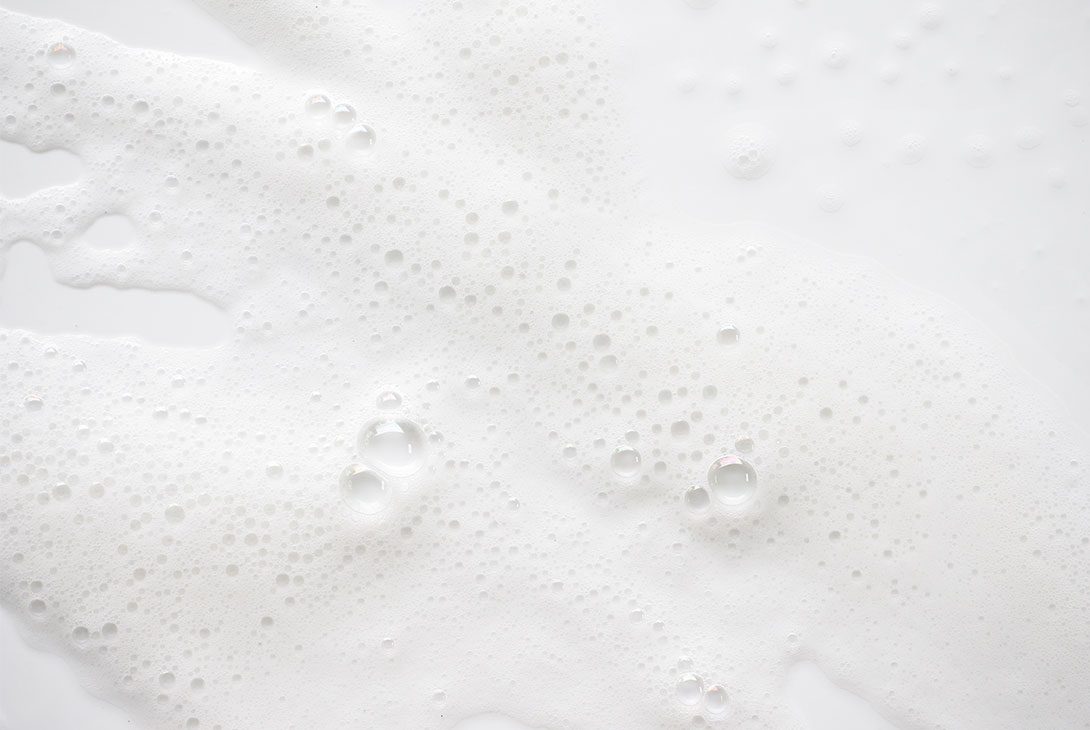
Milk Shampoo FAQs
Why do we only make one shampoo?
We get this one a lot. It may seem odd since shampoos usually seem geared to a specific hair concern like dry, oily, coloured, damaged (need we go on?) etc. But in our opinion, we don’t think it’s needed if you make a good shampoo, and hair just needs to be washed. And if you look closely you might notice that there isn’t much difference in the ingredient listings anyway. It’s kind of like pet food made specifically for indoor pets and outdoor pets (which is actually a thing) – not sure what difference this would make.
Who is the shampoo ideal for?
The natural Milk Shampoo is suitable for all hair types. However, those with sensitivities and dryness will get along extra well with it. As it is made with a combination of coconut and glucose-based cleansers, free from harsh synthetic detergents (SLS) that can dry out the hair. It also has Milk Protein in it to help protect hair fibres and revitalizes its natural protective layer.
Does your shampoo strip colour?
When formulating our shampoo, we learned a lot in the process. “colour-lock Shampoo” is basically shampoo that is SLS-free and is not alkaline. Alkaline hair products open up the hair cuticle and leach colour out as well as make the hair feel squeaky (aka “clean”). Our Milk Shampoo is already SLS-free and a pH that is slightly acidic for the reasons mentioned above, so it’s “colour lock shampoo” by nature, although we don’t think it’s an accurate description. “Damaged hair” shampoos are also usually just lower in sulphates so we’ve got that covered already.
Will you ever bring out a shampoo bar?
As much as we love less plastic packaging, unfortunately, we aren’t able to make these and keep in line with our ingredient philosophy. Also, natural shampoo bars naturally are alkaline and alkaline hair products open up the hair cuticle and make the hair feel squeaky (aka “clean”) which we think isn’t great for the hair long-term.
I have dry / oily hair. Do you have a shampoo for that?
A shampoo intended for oily hair has a higher concentration of cleansers than a dry hair shampoo because more cleaning is required. But you can achieve much the same result by just varying the amount of shampoo you use. For example if you have oily hair and your hair still feels a little oily afterwards, we would recommend washing it twice.
Is this product made of milk?
We aren’t called MooGoo because our products are based on milk. Fresh milk in a shampoo would go off and be smelly. Yuck! We do use Milk Protein in our hair care products, and it’s sourced ethically and sustainably from happy and healthy cows raised on a beautiful farm in New Zealand.
What does "Dermatologically Tested" mean?
You may have seen the term “Dermatologically Tested” on lots of products before, but did you know there’s not an actual definition or regulation for this term? Because that didn’t sit right with us, and because our aim is to make products for people with really sensitive skin, we decided to send a bunch of them off to be tested in an independent lab on 54 people who reported having sensitive skin. The results were given on a scale of 0 to 5 with 0 being no irritation or redness and 5 being a reaction. We’re happy to report that other than one person who had a reaction to the adhesive on the patch and another who found the patches painful to remove, all subjects reported 0 for redness and irritation for all the products we sent for testing. To check out the full report and summary of the test we did on this product, click here.
'Fragrance' is listed as one of the ingredients in this product. What does this mean?
When we first started making products, we used a blend of essentials oils to give them a lovely fragrance. But many people have severe reactions and allergies to them, even in small amounts. As a result, and because we make products for people with sensitive skin, we took them out of most products. Instead, we helped to develop a special kind of fragrant oil, whereby each component in it is less than the EU allergy threshold. This is how we can have a pleasant-smelling product without the reactions. The scents we use are proprietary blends from the company we get them from, and we’ve had no reactions since we made the switch. Also, of course, it is free from phthalates, which is the main concern in fragrances.

